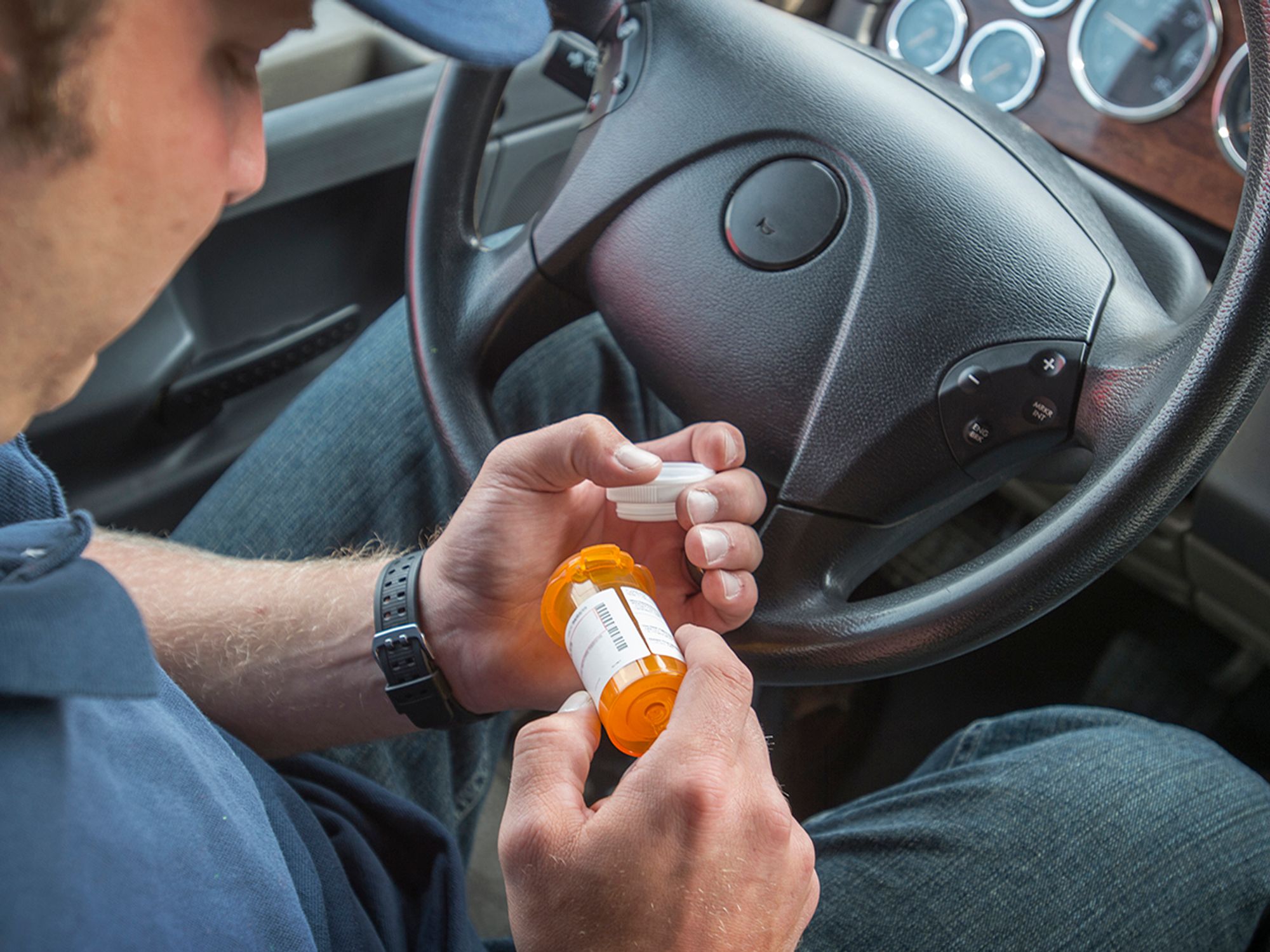InstituteFleet SafetyDefensive drivingTransportationCMV drivingIn Depth (Level 3)EnglishAnalysisFocus AreaUSA
Drug/alcohol use or possession
['CMV driving']

- Commercial motor vehicle (CMV) drivers may not use or be under the influence of alcohol within four hours prior to driving, or at any time while driving.
- CMV drivers may possess or use a non-Schedule I substance only if it was administered or prescribed by a licensed medical practitioner who advised that the substance will not affect the driver’s ability to drive safely.
Drug use
While on duty, CMV drivers may never possess (except as part of a shipment), be under the influence of, or use, any of the following substances:
- Any “Schedule I” substance as listed in 21 CFR 1308.11;
- Any amphetamine or related formulation;
- Any narcotic drug or derivative; or
- Any other substance that renders the driver incapable of safely operating a motor vehicle.
EXCEPTION: Drivers may possess or use a non-Schedule I substance if it was administered to the driver by or under the instructions of a licensed medical practitioner who advised the driver that the substance will not affect the ability to drive safely. (see 392.4)
Alcohol use
CMV drivers may not:
- Use or be under the influence of alcohol within four hours of going on duty, or at any time while on duty (including having any measured alcohol concentration or detected presence of alcohol). A driver’s general appearance, conduct, or other evidence can be used to substantiate alcohol use within the prior four hours.
- Be on duty while possessing wine, beer, or distilled spirits, except when the alcohol is manifested and transported as part of a shipment or possessed by bus passengers.
NOTE: A driver found to be in violation of these rules must be immediately placed out of service for 24 hours. Any driver who is issued an out-of-service order must report the order to the employer within 24 hours and to the state that issued the driver’s license within 30 days. (392.5(d))
